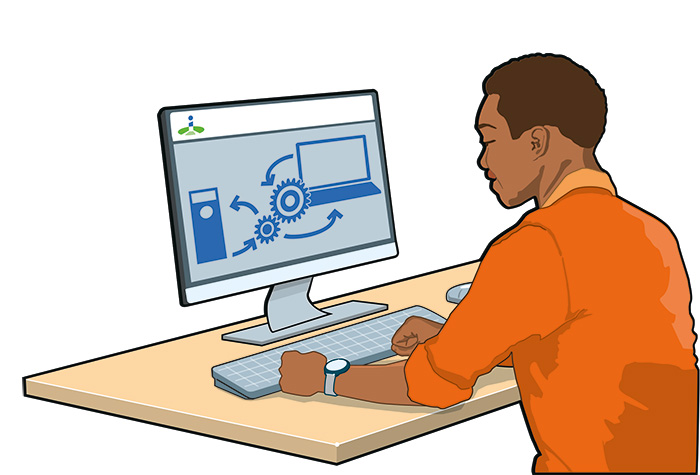Events with staffing
Activities that require staff can be challenging: there's always a question of demand (the person who wants to make a reservation) and supply (the person who will supervise the reservation).
Examples
- A course has an instructor
- A tour has a guide
- A spinning class has an instructor
- A city walker provides a guide
- A VR game has a game facilitator
The dilemma entrepreneurs face: do you schedule staff first, or do you first have reservations made to provide staff?
Both options have advantages and disadvantages. Both options are easily incorporated into the reservation system.
In i-Reserve, staff can be scheduled for activities. This can be done for individual activities or for an entire set of activities at once. Staff can indicate their availability themselves. Activity statuses allow you to manage reservations.
Before you can add staff, you first need to create a resource with a staff type.
Then you can add the actual people. See the video for the steps.
Relevant settings
- Specify availability or when a person is unavailable
- Enter a first and last name
- Link to a user so that they can enter their own information
- More optional fields are available
Employees can indicate their availability or unavailability.
This often depends on the type of employee. A full-time employee usually benefits more from indicating their unavailability. For example, if they need to go to the doctor or hairdresser, they can easily block this.
An employee who works part-time, for example, only on Fridays, will benefit more from indicating their availability. Only when the employee indicates their availability can they be scheduled.
To simplify matters, you can create recurring schedules. For example, "Always on Friday" or "Tuesday for the next 4 weeks."
Creating an activity can be started in several ways.
See other places in the manual.
When entering a new activity, a staffing box now appears.
Here you can select a staff member. The system immediately checks their availability and notifies you if they are unavailable.
It's also possible to save an activity without staff. In this case, you can schedule it later.
Creating an overview using filters is crucial for the planner.
Relevant fields include:
- Number of booked seats
- Employee name
Besides adding them as a column (or Tip: create a view and save it), searching by these fields is also practical.
This allows you to create an overview that shows reservations made but no staff scheduled yet.
You can now start planning using the overviews from the previous step.
Using the Views > Bulk action option, you can assign staff to multiple activities.
Now that staff has been scheduled for activities, creating overviews has become a daily task.
In the previous steps, we've already learned how to create lists/overviews.
Now it's time for the schedule. A new option is to color-code activities with a specific color for each employee.
Of course, this is a personal preference. Another approach could be to color-code activities by location, or by the number of available positions.
These fields can also be included in the tooltip.
Now that there's a schedule, it's obviously helpful for employees to see when they can start working.
We're now checking our own schedules again.





